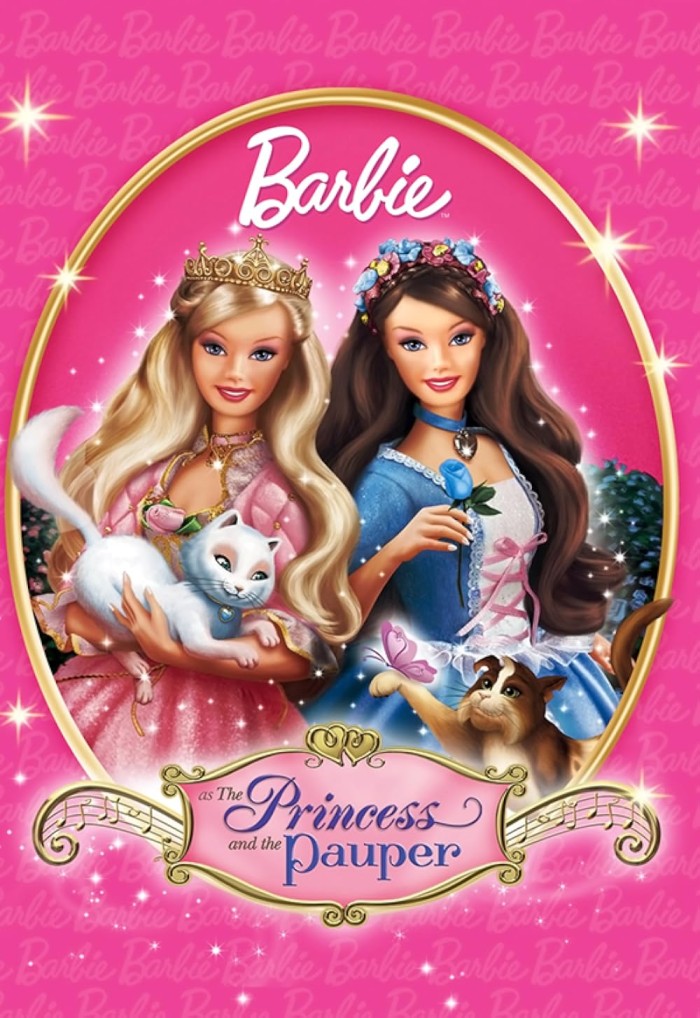Ruth Handler, co-founder of Mattel, Inc., invented Barbie. The iconic doll was first introduced to the world at the American International Toy Fair in New York on March 9, 1959, marking Barbie’s official birthday. Ruth Handler’s vision was to create a doll that allowed girls to imagine their futures, unlike the baby dolls that were popular at the time, which were designed for children to pretend to be caretakers.

The Creation of Barbie
The inspiration for Barbie came from Ruth Handler while she observed her daughter, Barbara, playing with paper dolls. Barbara and her friends used them to act out future scenarios rather than mothering roles. Ruth noticed the lack of adult-bodied dolls and saw an opportunity to create something new. She proposed the idea of a three-dimensional doll with an adult body to her husband, Elliot Handler, and his business partner, Harold “Matt” Matson, but initially, they were skeptical about the concept.
Ruth’s determination didn’t wane. During a trip to Europe with her family, she encountered a German doll named Bild Lilli, which closely resembled what she envisioned for Barbie. Bild Lilli was not meant for children but rather an adult novelty item. However, Ruth saw potential in adapting a similar doll for children. She bought three of them: one for her daughter and two for research. After returning to the United States, Ruth reworked the design to make it appropriate for children, including changing the doll’s makeup and wardrobe to reflect a more wholesome image.
Launching Barbie
With Ruth’s persistence, the first Barbie doll was produced. Barbie was introduced wearing a black-and-white striped swimsuit, with her hair in a ponytail, available in both blonde and brunette. The doll was revolutionary not just for its adult figure but also for having movable limbs, which allowed for more realistic play.
The launch was a gamble, but Barbie quickly became a sensation, changing the toy industry forever. Girls from all over the United States embraced Barbie, allowing them to project their dreams and aspirations onto her. Barbie’s wardrobe and accessories played a crucial role in her success, letting children dress her for various roles, from fashion model to astronaut, long before these careers were commonly pursued by women.
Expanding the Barbie Brand
The success of the original Barbie doll led to the introduction of more characters, starting with Barbie’s boyfriend, Ken, in 1961, named after Ruth’s son. Over the years, Mattel expanded the Barbie universe to include friends and family, reflecting a more diverse and inclusive range of dolls. Barbie’s professions also grew, showcasing the changing roles of women in society and promoting the idea that girls can be anything they want to be.
Legacy and Impact
Barbie has had a profound impact on toy culture and the social understanding of gender roles. While Barbie has faced criticism over the years regarding unrealistic body standards and the promotion of materialism, Mattel has made efforts to address these concerns by introducing dolls with a variety of body types, ethnic backgrounds, and careers that challenge traditional stereotypes.
Ruth Handler’s invention of Barbie was more than just the creation of a toy; it was a cultural revolution that allowed children to imagine the possibilities of their future selves. Barbie stands as a testament to Ruth’s vision, creativity, and determination, embodying the idea that dreams can become reality with persistence and innovation.
Barbie’s journey from a simple idea to a global icon reflects the changing tides of society and the toy industry, making her one of the most recognized and influential toys in the world. As Barbie continues to evolve, she remains a symbol of possibility, inspiring generations to dream big and pursue their aspirations, whatever they may be.

